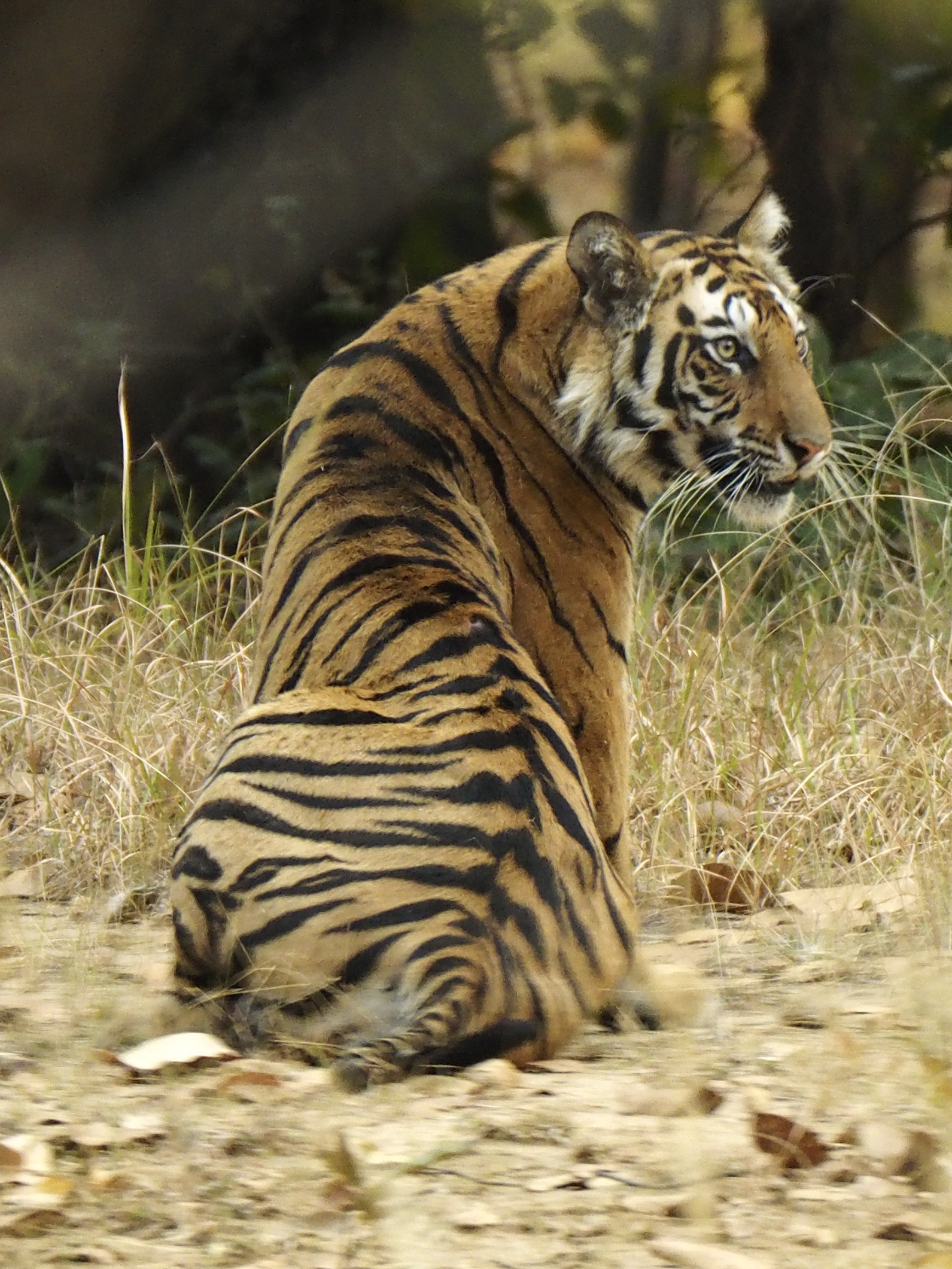Cornell Wildlife Health Center Collaborates With International Team to Study Genetic Diversity in Tigers
Seventy percent of the world’s tigers live in India, and yet relatively little is known about their genetic diversity and evolutionary history. An interdisciplinary team of researchers, including the Cornell Wildlife Health Center’s Dr. Martin Gilbert, collaborated to assess the impact of habitat loss and fragmentation on tiger populations.
Geneticist Uma Ramakrishnan, principal investigator of the 2021 study published in Molecular Biology and Evolution, began the work several years ago by reaching out to carnivore experts worldwide in an attempt to obtain samples from all of the world’s tiger subspecies. Dr. Gilbert, Cornell’s Wild Carnivore Health Specialist, contributed blood samples from Amur tigers in the Russian Far East - the focus of his research and conservation work. These were included among the 65 tiger genomes sequenced for the study.
A 2018 paper published in Current Biology provided evidence from tiger whole-genome sequencing that the most recent common ancestor of all tiger subspecies lived about 110,000 years ago. The 2021 study showed that the different tiger subspecies had diverged much more recently– with a common ancestor just 20,000 years ago.
“In a way, it is a testament to how quickly technology is advancing,” Gilbert said. “It was only 2013 when the first tiger genome was fully sequenced, so to see such a detailed genetic history of the species is very exciting.”
The work had important implications for conservation. Recently, the International Union for the Conservation of Nature (IUCN) Cat Specialist Group had proposed recognizing only two extant subspecies of tigers - the Sumatran tiger and another subspecies representing all other tigers. Without specific recognition of Sumatran, Malayan, Bengal, and Amur tiger subspecies, there would be less incentive for conservation of specific, rarer populations in the Malayan Peninsula or Indochina. Fortunately, the recent publication provided genetic evidence that these subspecies are indeed taxonomically distinct. “Thankfully, our results showed that designating only two subspecies was too cautious and hopefully the rarest populations will continue to get the attention they deserve,” said Gilbert.
The Amur tiger genomes also revealed a unique adaptation acquired over evolutionary time. “They have several particular mutations that help them metabolize fats in extremely cold conditions,” said Gilbert. “These genes are shared with other cold-adapted species like polar bears and some Arctic-living populations of people.”
“We were just one small part of a much larger effort,” Gilbert says of his contribution to the study. “I always enjoy seeing how well researchers from all over the world are able to work together on these multi-author studies… It is all just part of the complex web of interconnections that is conservation science!”
Written by Isabel A. Jimenez, DVM ‘19

